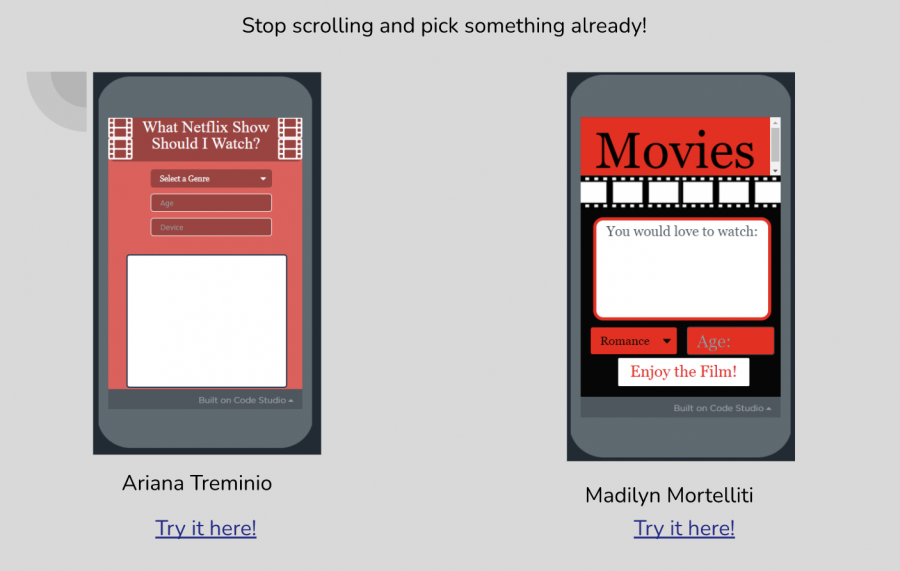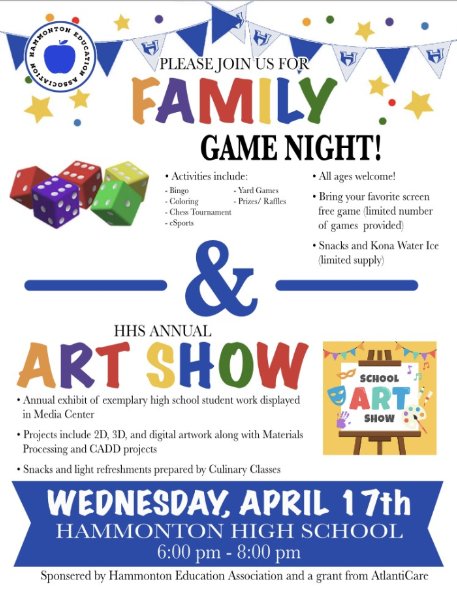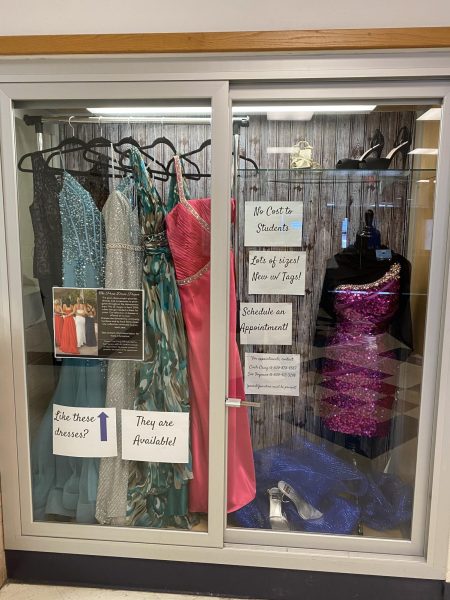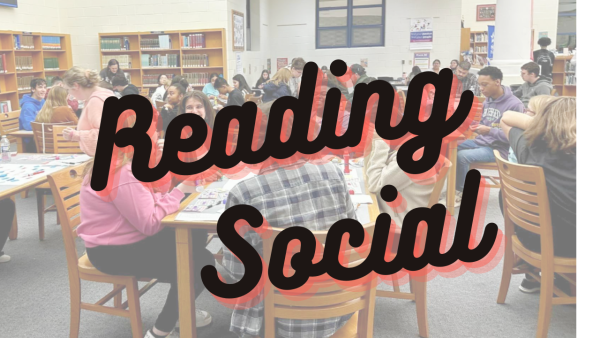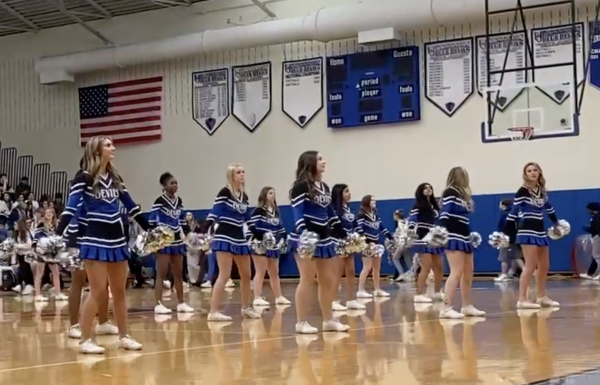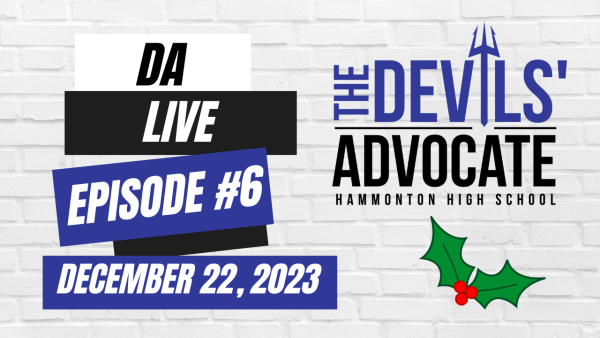Students showcase innovative thinking, projects
Learning doesn’t look the same as it used to.
Smaller class sizes, at-home learning Google Meets, and digital “everything” have changed even the most traditional academic classes like English, math, and history.
Even through all this, Hammonton students and teachers alike continue to find opportunities to showcase innovative thinking and projects in their courses.
Advanced Materials and MD Technology
Students in Mr. Cote’s Advanced Materials class and Mrs. Inemer and Ms. Santora’s MD Tech class participated in a
cross curricular project that allowed them to create seasonal decorations.
Mr. Cote’s class did the prep work with the wood and paint, and Ms. Santora came up with the design/cutting of the vinyl. She used a Cricut Maker that she obtained a HEF grant for in 2020.
The classes learned about vinyl transfer, weeding vinyl, and practiced measuring skills while centering the letters. For the MD students it was a good way to practice their fine motor skills.
The projects were finished so that they could be taken home for parents/guardians just in time for the holiday.
Computer Science Principles
Mr. Jonathan Wilson, who teaches both Honors and AP Computer Science Principles, tasked his students with building online apps to showcase their skills. Using App Lab on Code Studio, students developed unique
The course is largely based on materials provided through Code.org, a non-profit organization that provides computer science education at no cost so that anyone interested can learn to code independently. Sponsored by groups including Carnegie Mello, the site provides a frame book and curriculum.
“A few years back when I was researching a computer science curriculum, they were pretty traditional… and very difficult,” Wilson said. “I found this to be little more user friendly”
And the course is not just about programming, he added. It explores how Internet works, how computers store and transfer info, how to deal with sets of data, the social implications of computing, like net neutrality, and use of platforms like Creative Commons.
Wilson notes that the course is beneficial even to students who don’t intend on going into computer programming.
“If they’re just interested in how did information get from me to a computer system to a friend across the world, [this course will appeal to them],” he said. “It really does exercise a different way of thinking. I’ve had students tell me, ‘Mr. Wilson, we were great in AP Calc, but some of this stuff is really hard.’ You have to plan before making a program work.
See below to interact with the student-built apps.
Public Speaking
This course is designed to be public, but with some sections that include students remote learning while only a few attend on a given day in-person, speakers don’t have a conventional audience to speak in front of. And that’s an essential part of the course. For that reason, teacher Audrey Griess has had to adapt her entire curriculum to fit new platforms.

